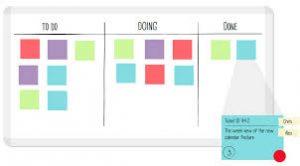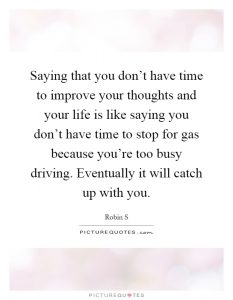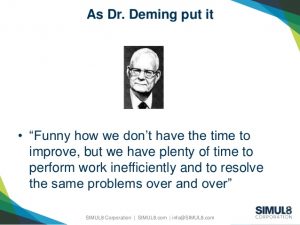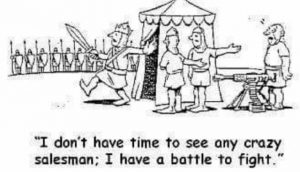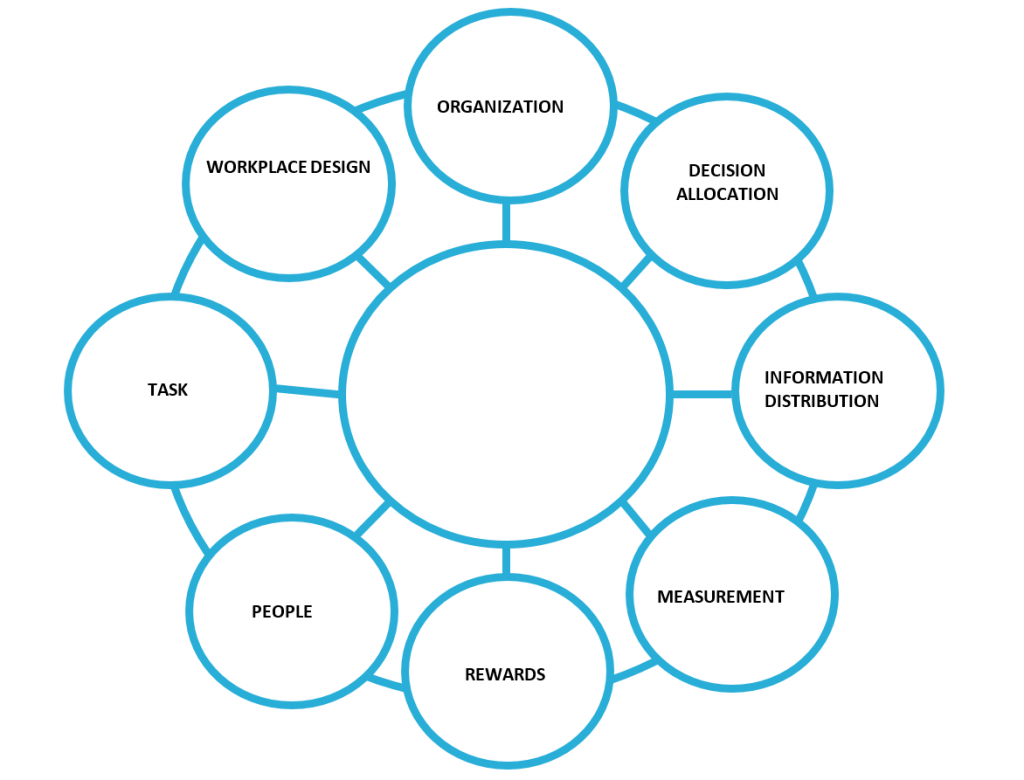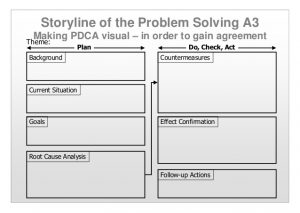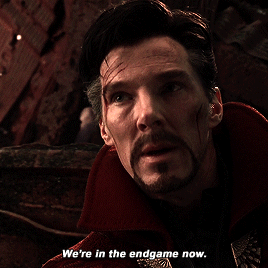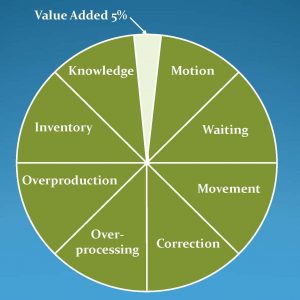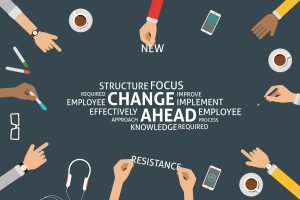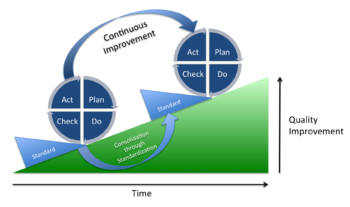Winter carnival is over and it’s hard to believe that we are already starting week 5 of the semester. And you know what that means… it’s Midterm season. Now, as devastating as that may sound, it’s going to be okay. You’ve got Lean on your side. If you use Lean principles in the correct ways, they can help you become fully prepared for your exams. Lean principles such as Kanbans, Affinity Diagrams, and 5S can help make your studying experience go as smoothly as possible.
The Personal Kanban has been written about many times on this blog, but that’s only because it truly is useful. Personal Kanbans are meant to be used to keep your schedule in tact no matter what you may throw at it. With a Kanban, you can keep track of what you need to do, what you’re currently working on, and what you still need to start. At the office of Continuous Improvement you’ll be able to find Kanbans in almost every corner, as each one of our Process Improvement Coordinators has their Kanban prominently displayed at their workstation. As far as studying, personal Kanbans can be used to keep track of what you need to do to study, so you don’t get caught up in something else and lose track of what you have or have not done yet.
Affinity Diagrams can be used to help you organize your thoughts. Start with an open space such as a table, desk, or wall. Then you take a pad of sticky notes and write down everything you can think of for the subject you are studying. Then you can start sorting them into categories and develop connections between different aspects of those categories. This can help you develop internal connections and help you better relate ideas.
5S is a Lean organizational technique that consists of, surprise, five steps. These steps are: Sort, Set, Shine, Standardize, and Sustain. 5s-ing your work space can help make it cleaner and more organized. It has been shown that having a cleaner work space makes it a less stressful environment and having less stress will allow you to focus on studying. Lean is much more than just a set of tools, to many, it is a lifestyle.

